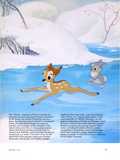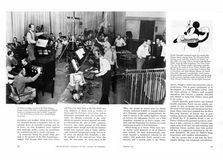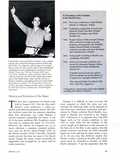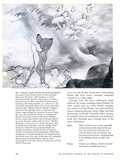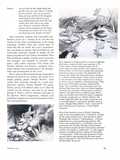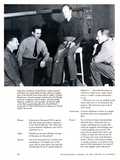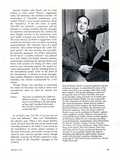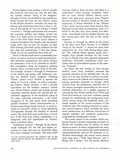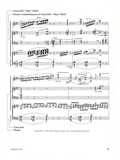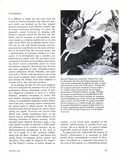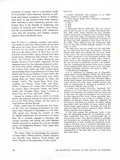Bambi marked the end of an epoch at the Walt Disney Studio. Though the Disney films would recoup something of their original appeal and power with the slick renaissance of the late forties and early fifties, Bambi signaled a close to the Golden Era of Disney animation that began with the release of Steamboat Willie in 1928, prospered through the tremendous popular successes of the ensuing Mickey Mouse series and the artistically and technically innovative Silly Symphonies, and culminated in the release of the first few animated features. Though all these early features owe a crucial stylistic debt to the preceding shorts (particularly the music-oriented Silly Symphonies), it is Bambi in which techniques perfected in the shorts for the seamless synthesis of music and visual storytelling reached an apex of refinement.
During the 1930s the studio developed a system by which both film and music might be developed simultaneously. The animation director worked in such close conjunction with the composer that the director's room, with its piano at which director and composer plotted action and scoring, came to be known as the musk room, a term which stuck even after such intimate collaboration had become a thing of the past.
The Mickey Mouse and Silly Symphony shorts were a proving ground for two methods of musical application. In the plot-and-personality-oriented Mickeys, music generally took a supporting role; because of this, the Silly Symphony series evolved to provide films in which a cohesive, sustained musical score could take precedence over incident. While Mickey Mouseing ultimately became a derogatory term for the unsubtle device of musically accenting each bit of action, the Silly Symphony series explored with seemingly endless variety the possibilities for synchronizing story, visuals, and music.
In production during the period which gave birth to the greatest of the Silly Symphonies – roughly 1935 through 1940 – both Snow White and Pinocchio hark back to the Old World operetta ambience of shorts such as Goddess of Spring and The Pied Piper. Snow White, with its deliberately positioned solos and ensembles, is surely the ultimate realization of the series' affinity for operetta, however updated and mildly jazz-flavored for the sake of 1930s audiences. Pinocchio, too, freely partook of Old World storybook charm, though musically the emphasis shifted from character solos to highly sophisticated orchestral background scoring. Fantasia is, of course, the ultimate Silly Symphony, a volatile amalgam of the tried-and-true forms (the suite, the tone poem, the mood piece) of the Sillys, but heated to critical mass by sheerly virtuoso animation wedded to Leopold Stokowski's Olympian symphonic accompaniment. Almost in reaction to the rarified highbrow climate of Fantasia, the subsequent Dumbo was a Silly Symphony extended to an hour's length, complete with the Depression Era rhythms of a score reminiscent in spots of Paul Whiteman.
Which brings us to Bambi. While most viewers harbor warm memories of all of Disney's early features, the most enthusiastically emotional response is customarily reserved for the studio's 1942 production. Bambi marked a culmination and a turning point in the Disney oeuvre, though it resists easy placement with its predecessors. This is partly attributable to its development as a kind of studio hybrid: while the major portion of Disney's staff occupied themselves with Fantasia, a separate, close-knit unit labored to bring Felix Salten's forest idyll to the screen.
[…]

